space
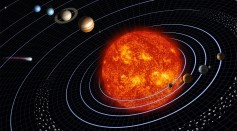
Can a Passing Star Save Earth? Scientists Assess Odds Amid the Sun's Fiery Fate
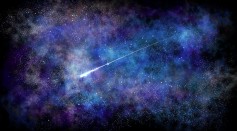
Halley's Comet This Week: Famous Possible 'Star of Bethlehem' Snowball To Reach Farthest Point From Sun
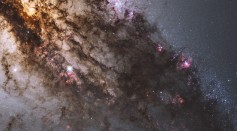
James Webb Space Telescope Discovers Cosmic Monster: Dusty Star-Forming Galaxy Challenges Early Universe Assumptions
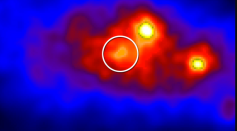
Space Telescope Finds 294 New Gamma-Ray Pulsars, Expanding Fermi Catalog to Over 340 Objects
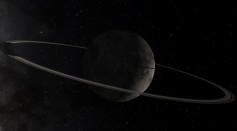
Chiron's Celestial Mystique: Unveiling the Bizarre Dance of a Centaur Minor Planet With a Transforming Dust Disk and Imitative Rings

Russian Cargo Spacecraft From ISS Reaches Fiery Climax Upon Entering Earth's Atmosphere Few Hours Post-Undocking
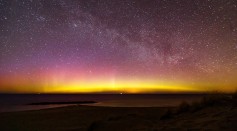
Unusual Orange Auroras Seen in Scotland After Solar Storm Smashed Into Earth
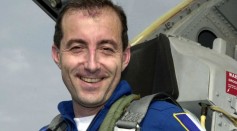
Spacewalk Memories: Former French Astronaut Reflects on Space Mission as ISS Marks 25 Years in Orbit
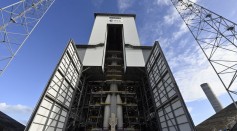
Europe's Ariane 6 Rocket Sets June 2024 Launch Date for Debut Mission with NASA Satellites Onboard
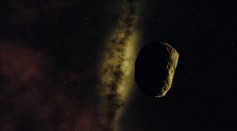
Early Earth's Nitrogen Could Have Come From Meteorites, Ryugu Samples Suggest
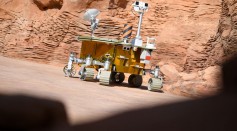
China's Zhurong Rover Finds Polygon Structures Beneath the Surface of Mars, Researchers Find
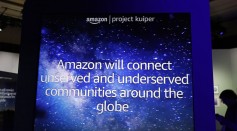
SpaceX To Send Some of Amazon’s Project Kuiper Internet Satellites to Space Starting in 2025
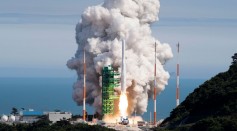
South Korea's First Military Spy Satellite Launched Into Space Aboard a SpaceX Rocket Amid Escalating Peninsula Space Race
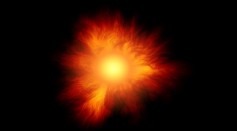
Almost X-Class-Level Solar Flare Sends Huge Coronal Mass Ejection Towards Earth That Could Hit the Planet, Trigger Geomagnetic Storm
Most Popular

How Technology Is Changing the Real Estate Industry?

AI Revolution in Medical Education: Transforming How Healthcare Professionals Learn

Nikolay Karpenko Biography, Photo, Career, Accomplishments

Zombie Star Set to Light Up Night Sky: Blaze Star Could Erupt Soon






